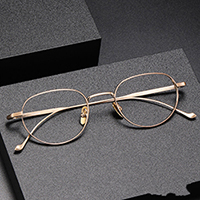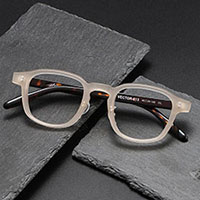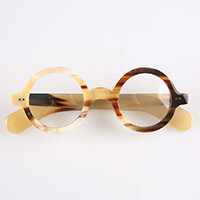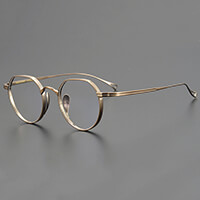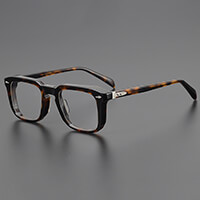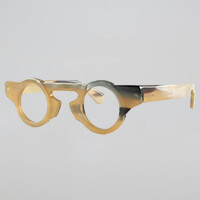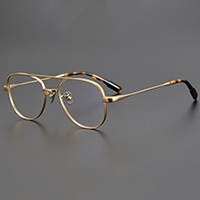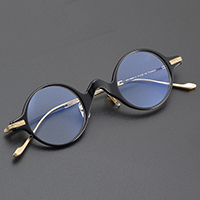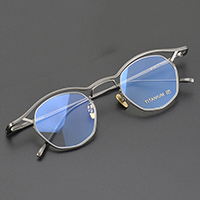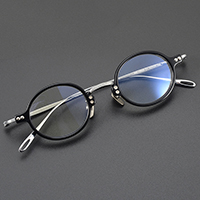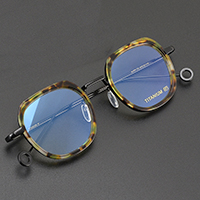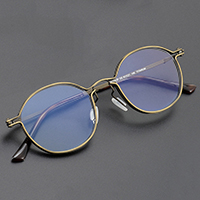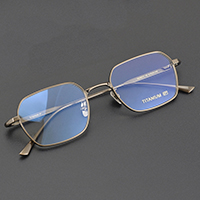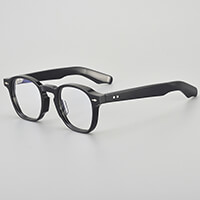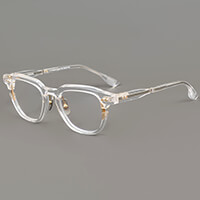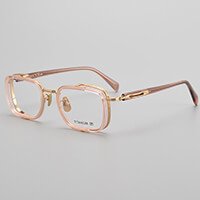Lenses Suggestion2020-04-16
Your vision is extremely important to your daily life, which is why you need a pair of eyeglasses with quality lenses that optimize your vision. We do not sell cheap quality lens, all our lenses are high-end quality, and already including anti-scratch/anti-reflective/UV-protective coating, no more extra cost for you. A pair of high-quality lenses will improve your vision and your comfort.
1. What is high-index lens?
A high index lens is a lens that has a higher "index" of refraction. This means it has a greater ability to bend light rays to provide more clear vision for people with prescription glasses.
2. Is higher index lens better?
In less technical terms, this means that high index lenses are better at bending light rays for vision correction. Generally speaking, the higher a lens's refractive ability, the less material is needed to achieve a particular prescription strength. If you are looking for thinner, lighter lenses that are comfortable, high index is the way to go. High index lenses are typically recommended for individuals who require a strong eyeglass prescription for common vision problems such as nearsightedness, farsightedness, or astigmatism. Today, high-index lenses are noticeably slimmer, lighter, and more attractive, regardless of what your prescription is.
3. Is high index lens good for eyes?
High-index lenses are ideal for you if you are looking for eyeglasses that are lighter and thinner. Doctors might also recommend this type of lens if you have a strong prescription for eyeglasses for farsightedness, astigmatism, or nearsightedness.
4. About polycarbonate lenses.
Polycarbonate is by far the safest lens material available. Because of their durability, polycarbonate lenses are much less likely to break or fracture. It is an ideal option for children’s eyewear or sports-use glasses.
Lens Index
Recommend RX Range (Single Vision)
Note
1.56 Aspherical - Mid Index
SPH≤ -2.00 and CYL≤ -2.00
15% thinner than 1.50 lens
1.59 Polycarbonate - High Index
SPH≤ -3.75 and CYL≤ -2.00
20% thinner than 1.50 lens
1.60 Aspherical - High Index
SPH≤ -3.75 and CYL≤ -2.00
25% thinner than 1.50 lens
1.67 Aspherical - High Index
SPH≤ -5.75 and CYL≤ -3.00
40% thinner than 1.50 lens
1.74 Aspherical - High Index
SPH≤ -10.00 and CYL≤ -4.00
50% thinner than 1.50 lens
- About Olet Optical
- Affordable Glasses Online for Every Budget
- Contact Us
- Customer Reviews
- Returns & Replacements
- Shipping & Payment
- Terms of Use
- Privacy Policy
- Infringement Policy
- Site Map
- Olet Blog
- User Center
- Register
- My Account
- Forget Password
- My Orders
- Tracking Order
- Refer a Friend
- Customs & Taxes
- Influencer Program
- How to Measure Pupillary Distance
- How to Measure Glasses Size













